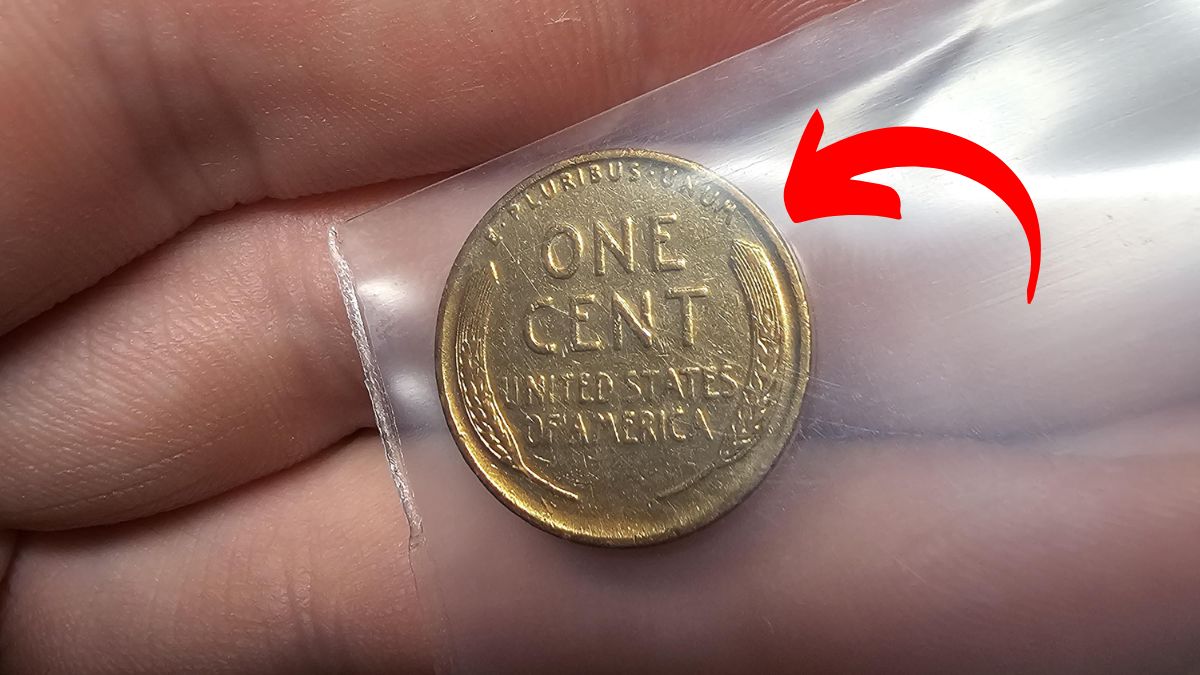The Lincoln Wheat Penny, minted from 1909 to 1958, is an iconic piece of American numismatic history. While most are worth only their face value, certain rare varieties have reached extraordinary valuations, sparking fascination and intrigue among collectors. Could a single penny be worth $2.3 billion? While that figure may be more myth than reality, the value and historical significance of some Lincoln Wheat Pennies are undeniable. Here’s a closer look at their history, rarity, and value.
A Revolutionary Design
The Lincoln Wheat Penny was introduced in 1909 to commemorate the centennial of President Abraham Lincoln’s birth. Designed by Victor David Brenner, it was the first U.S. coin to feature a real person, breaking from the tradition of depicting allegorical figures like Lady Liberty.
Key Features of the Design
- Obverse: Lincoln’s profile, accompanied by “LIBERTY” and the mint year. The motto “IN GOD WE TRUST” arcs above.
- Reverse: Two wheat stalks frame the phrases “ONE CENT,” “UNITED STATES OF AMERICA,” and “E PLURIBUS UNUM,” symbolizing the nation’s agricultural roots.
This design remained in circulation until 1958, when the Lincoln Memorial Penny replaced it.
What Makes Certain Lincoln Wheat Pennies So Valuable?
1. Limited Mintage
Coins with low production numbers are inherently rare. For example, the 1909-S VDB Penny, minted in San Francisco, had only 484,000 coins produced. Its scarcity makes it one of the most sought-after Lincoln Wheat Pennies, often fetching thousands of dollars in good condition.
2. Minting Errors
Errors during the minting process can significantly boost a coin’s value. Examples include:
- 1943 Copper Penny: Accidentally struck on copper planchets during a time when pennies were meant to be made of steel.
- 1922 “No D” Penny: Produced in Denver with a missing mint mark due to worn dies.
Such coins are anomalies and are highly prized by collectors.
3. Condition
Coins in mint state—free from wear and tear—command higher prices. Grading services like PCGS and NGC assign ratings that significantly impact a coin’s value. For instance:
- A common 1944 Lincoln Wheat Penny might sell for $0.10 in circulated condition but could fetch $50+ in uncirculated condition.
4. Historical Significance
The Lincoln Wheat Penny represents pivotal moments in American history, such as World War I, the Great Depression, and World War II. Its legacy as a symbol of resilience and progress adds intrinsic value for collectors.
The Myth of the $2.3 Billion Penny
The astronomical valuation of $2.3 billion likely originates from exaggerated stories or speculative estimates. While no penny has ever sold for billions, rare Lincoln Wheat Pennies have achieved remarkable prices:
- 1943 Copper Penny: Sold for $1.7 million at auction.
- 1909-S VDB Penny: Often valued at $50,000–$100,000 in mint condition.
Such figures highlight the coin’s allure, even if the $2.3 billion valuation remains an unattainable dream.
Famous Lincoln Wheat Pennies
1909-S VDB Penny
- Key Feature: Initials “VDB” prominently displayed on the reverse.
- Rarity: Removed from circulation early due to public criticism.
- Value: Up to $100,000 in pristine condition.
1943 Copper Penny
- Key Feature: Struck on copper instead of steel during wartime.
- Known Examples: Approximately 20.
- Value: Frequently sells for over $1 million.
1922 “No D” Penny
- Key Feature: Missing Denver mint mark.
- Value: Up to $75,000 depending on grade.
Why Are Lincoln Wheat Pennies Still in Circulation?
Despite their potential value, most Lincoln Wheat Pennies are common and worth only a cent. They were minted in vast quantities—over 26 billion during their run. The sheer volume ensures that many still exist in jars, rolls, and change. Rare examples are the exception rather than the rule.
Why Haven’t All the Valuable Pennies Been Found?
- Overlooked Treasures: Many people fail to check old coins carefully.
- Constant Circulation: Coins remain in circulation long after their production ends, mixing valuable ones with common ones.
How to Identify Valuable Lincoln Wheat Pennies
1. Check the Date and Mint Mark
- Rare Dates: Look for 1909-S, 1914-D, and 1931-S.
- Mint Marks: Coins from San Francisco (“S”) and Denver (“D”) are often rarer than those from Philadelphia (no mint mark).
2. Look for Errors
- Double strikes, missing details, or off-center designs are all indicators of rare minting errors.
3. Assess the Condition
- Coins with sharp details and no signs of wear are far more valuable.
4. Use a Scale
- 1943 Pennies: Steel pennies weigh 2.7 grams, while copper ones weigh 3.11 grams.
The Allure of Coin Collecting
Collecting Lincoln Wheat Pennies offers more than potential financial rewards—it’s a gateway to history, art, and culture. These coins tell the story of a changing America, from its agricultural roots to its industrial might.
Why Collect Lincoln Wheat Pennies?
- Accessibility: Common dates are affordable and widely available.
- Educational Value: Learn about minting processes, history, and grading.
- Thrill of Discovery: There’s always the chance of finding a rare treasure.
Conclusion: A Legacy in Copper
The Lincoln Wheat Penny is more than just a coin—it’s a piece of American history. While the $2.3 billion valuation is likely an exaggeration, the excitement surrounding rare pennies is very real. For collectors, these coins represent the perfect blend of historical significance, artistic merit, and the thrill of the hunt.
The next time you sift through your change, take a closer look. That humble penny might just be a hidden gem waiting to be discovered—and perhaps even worth a fortune.
